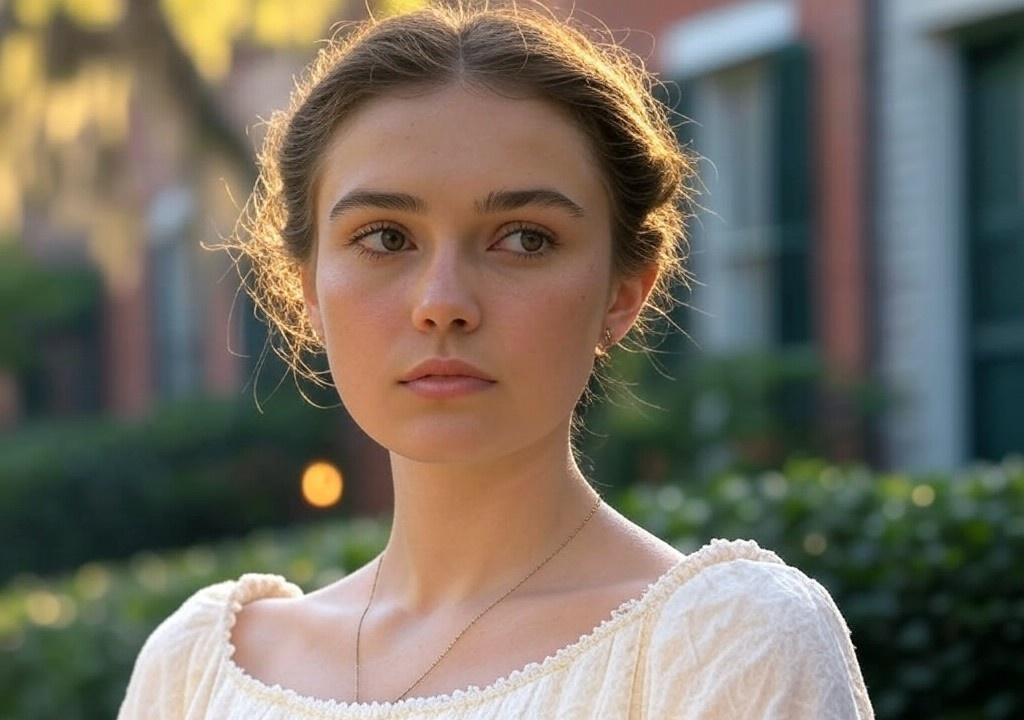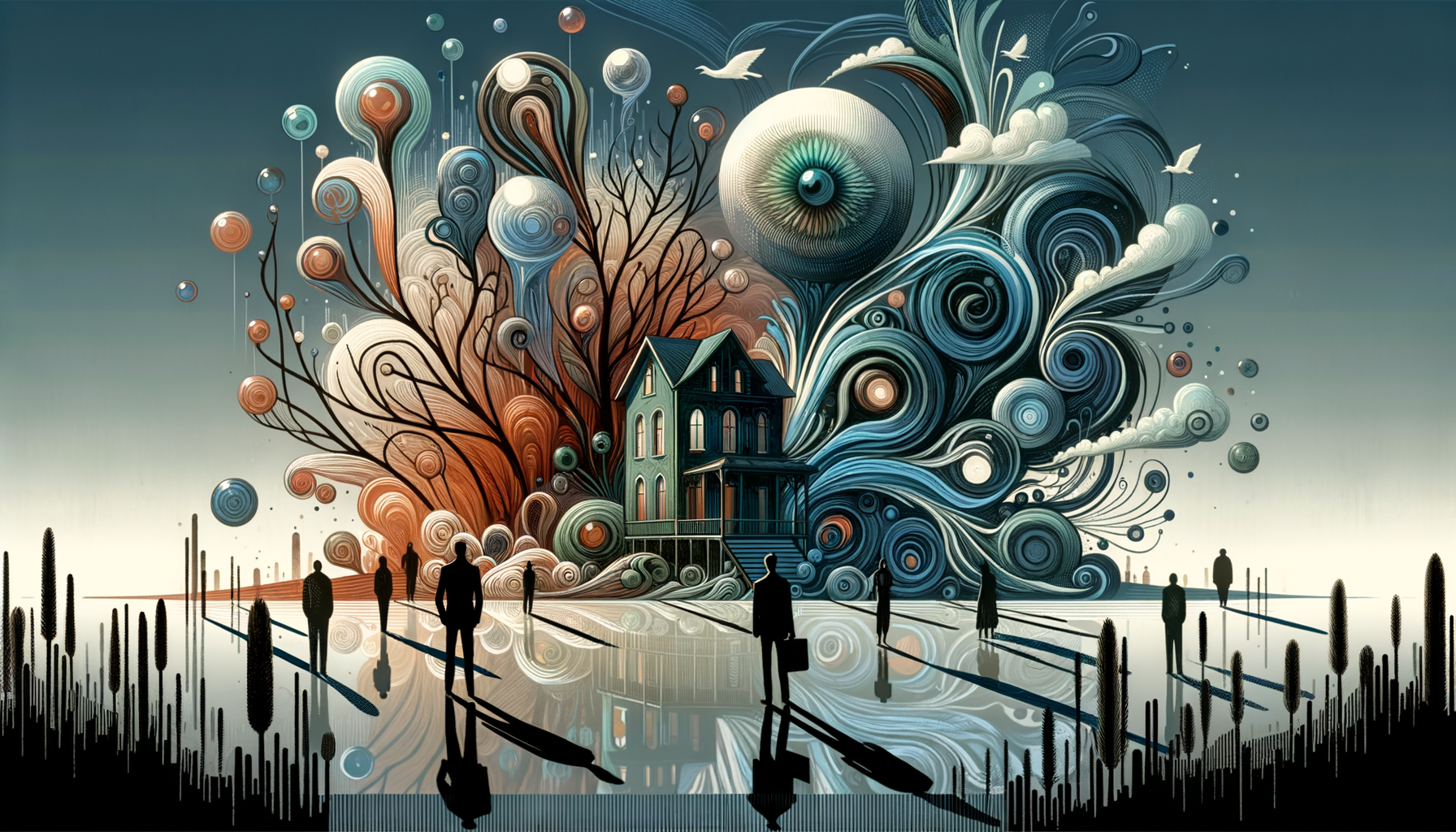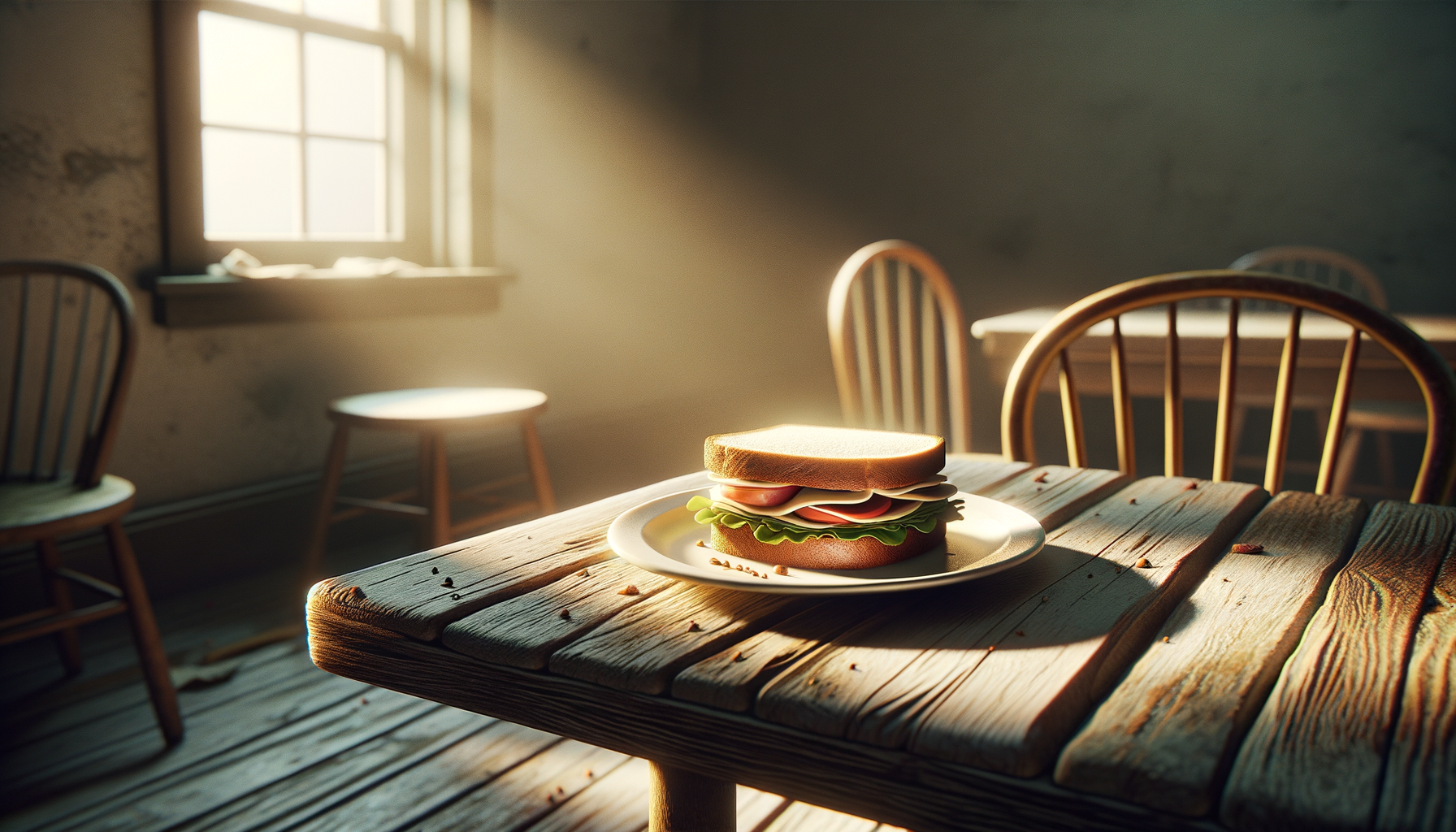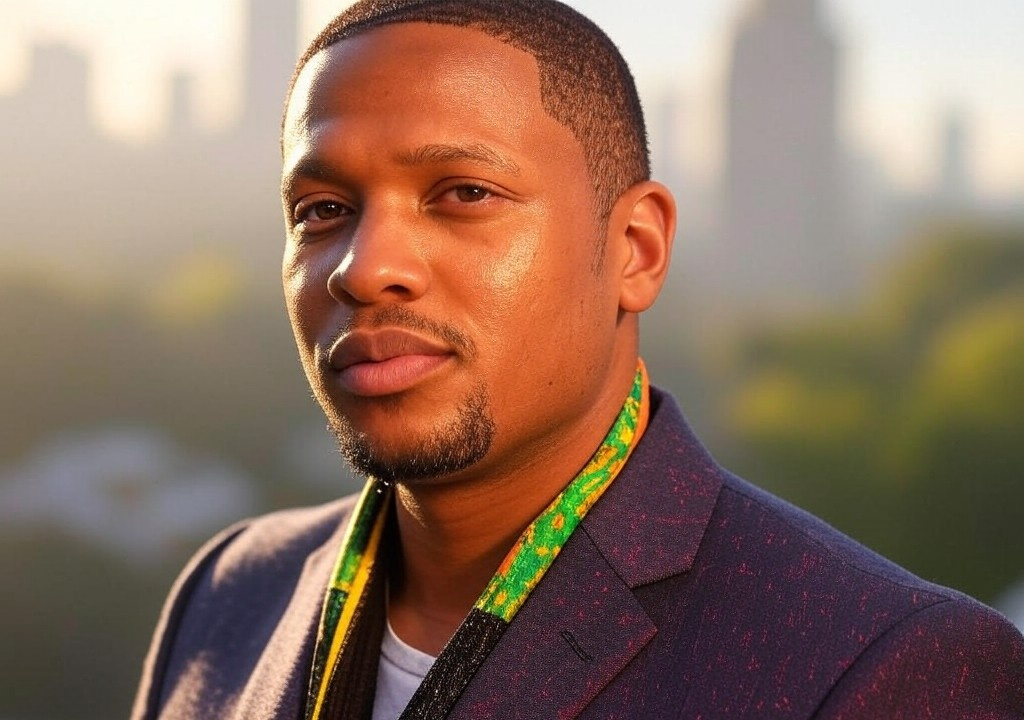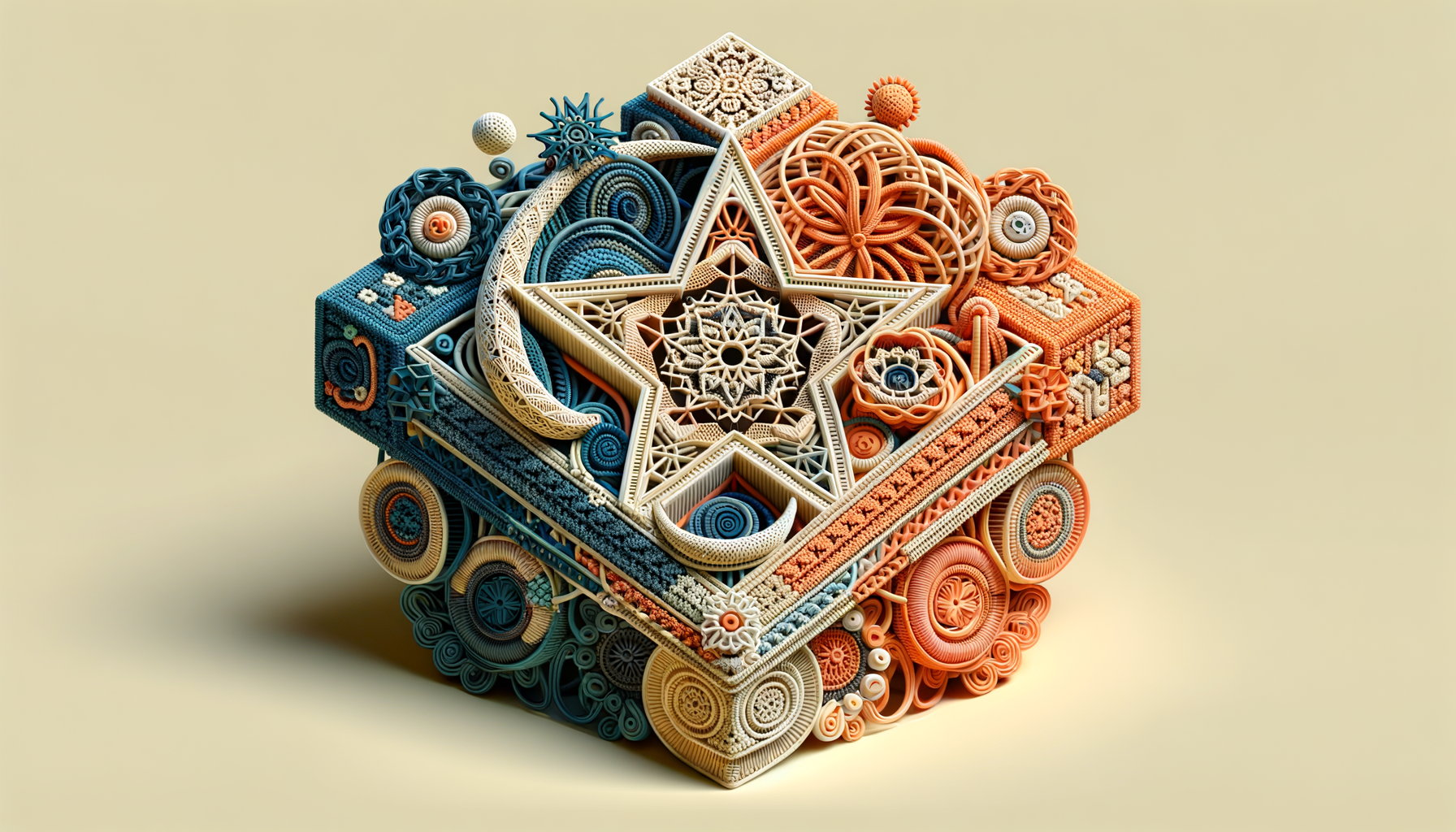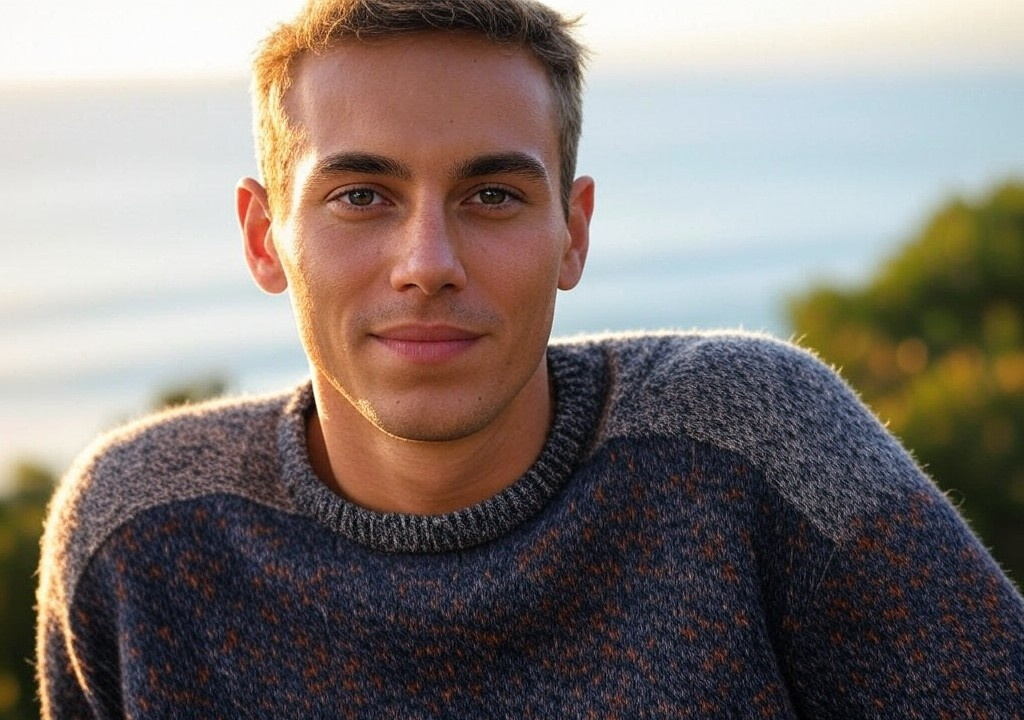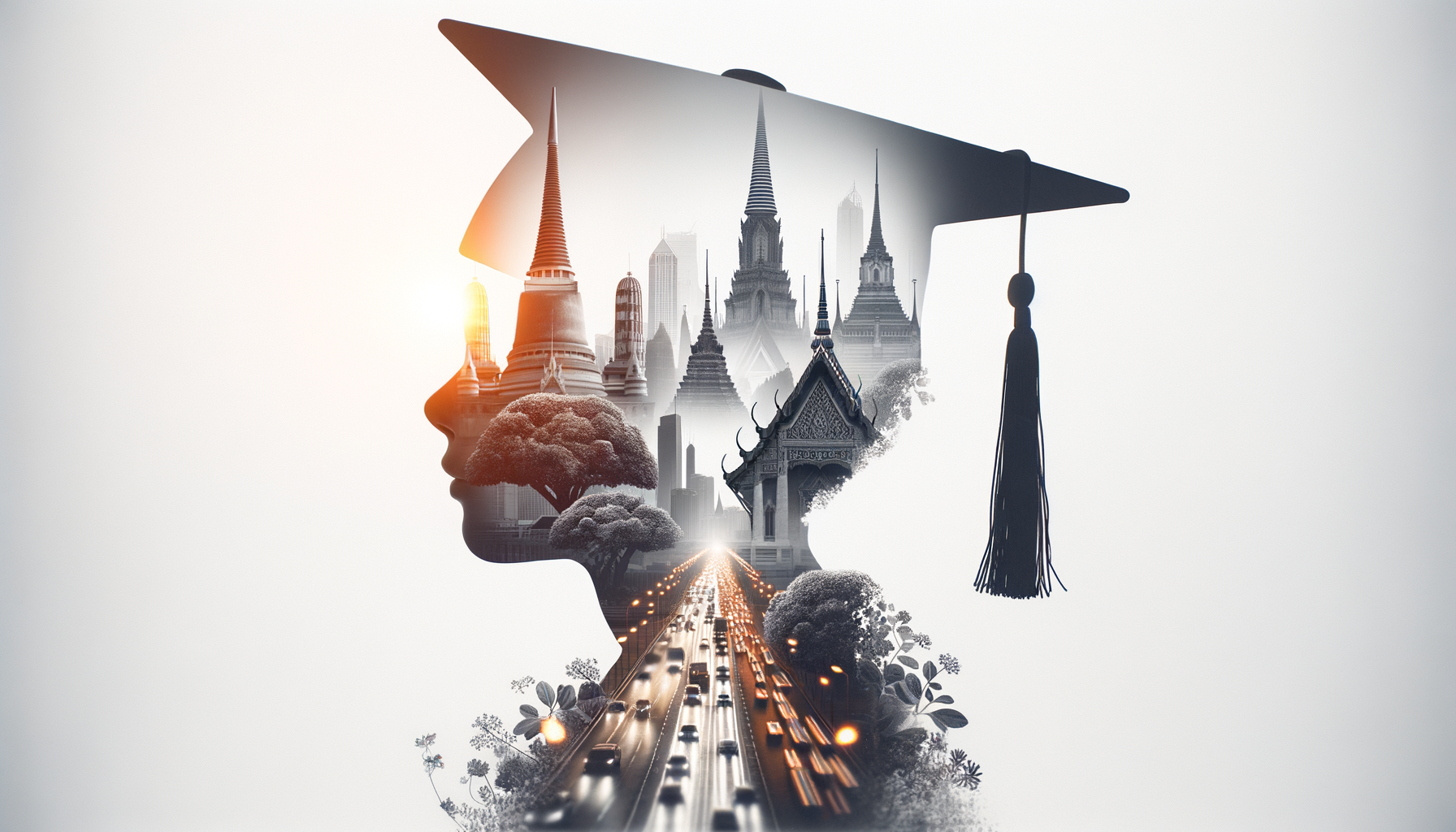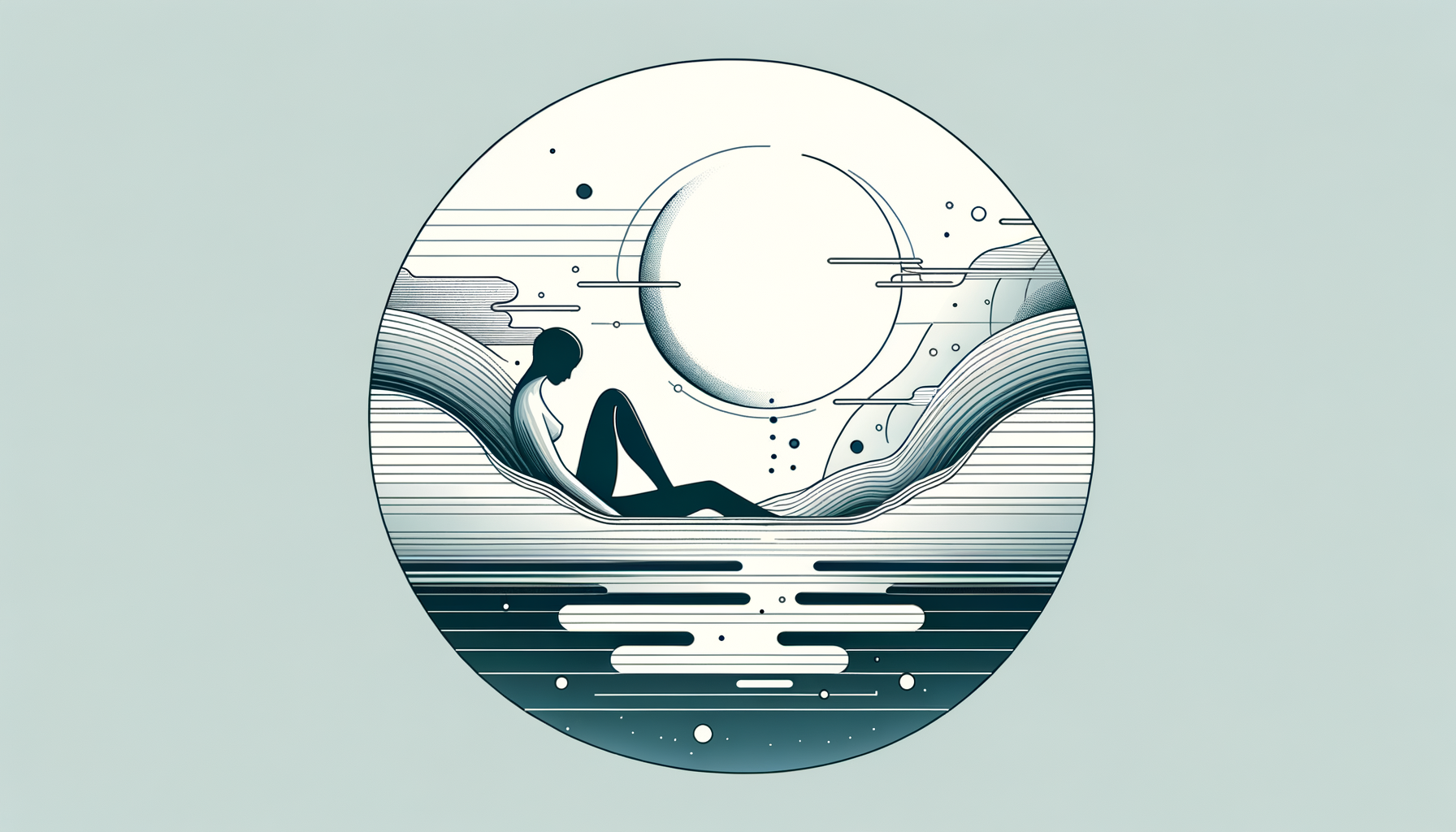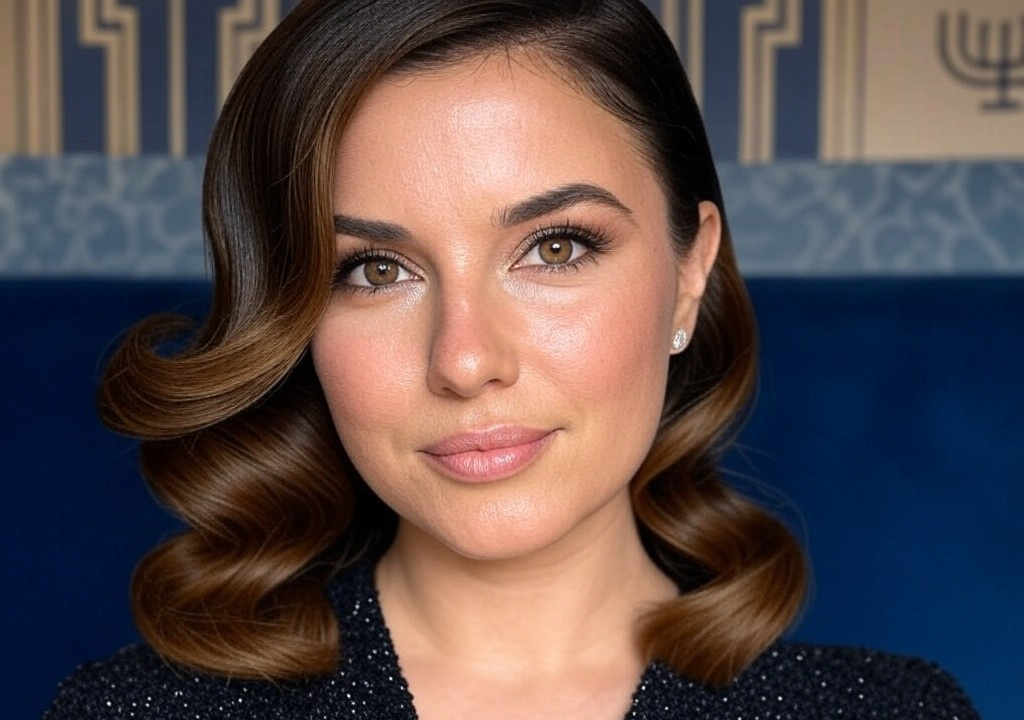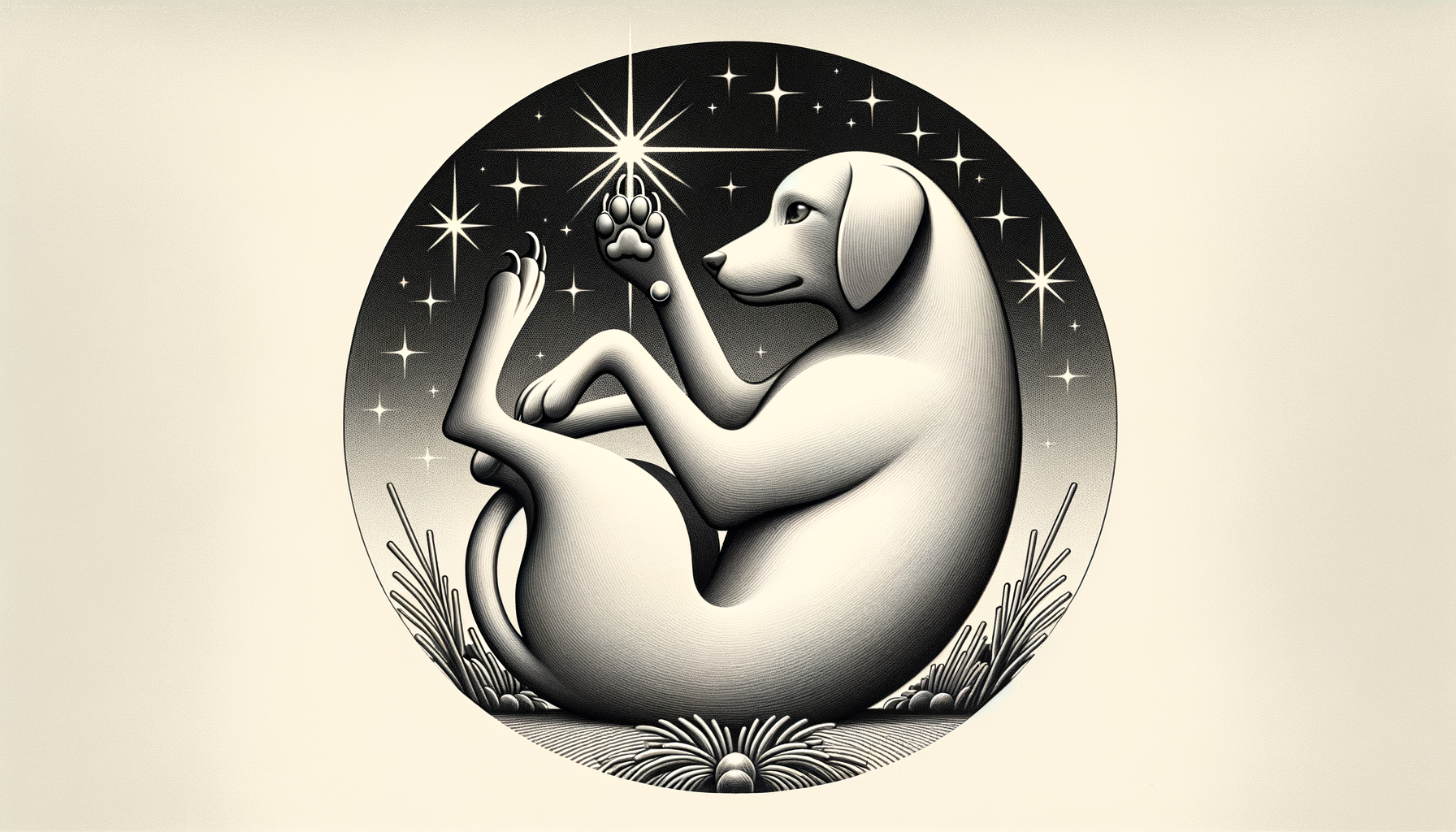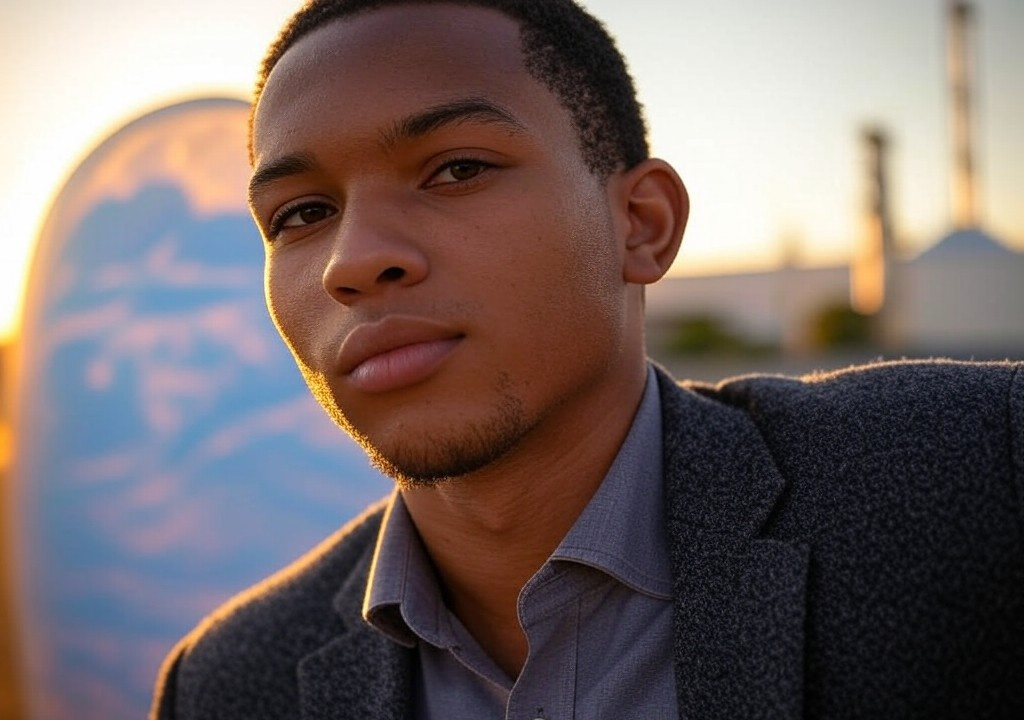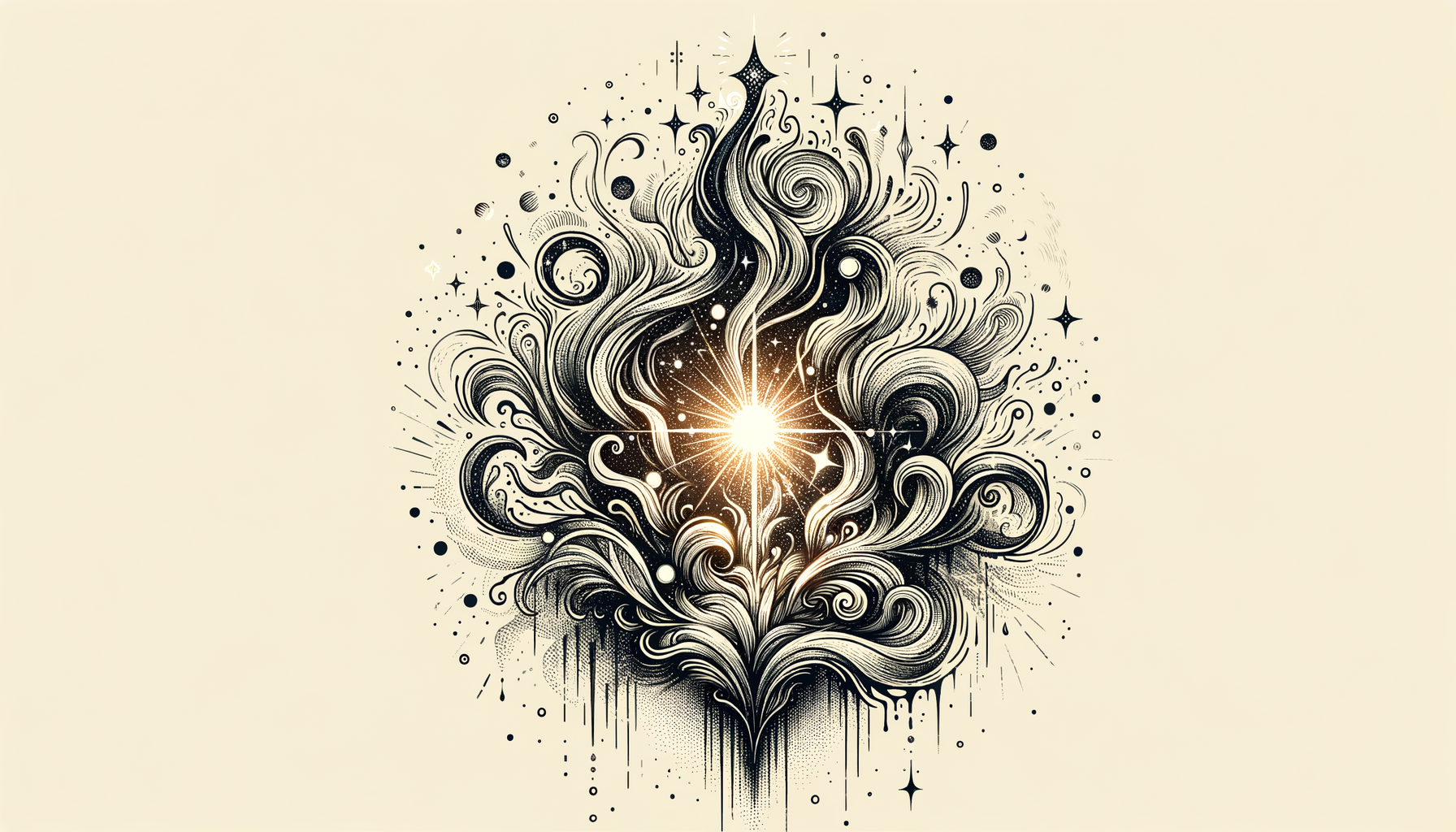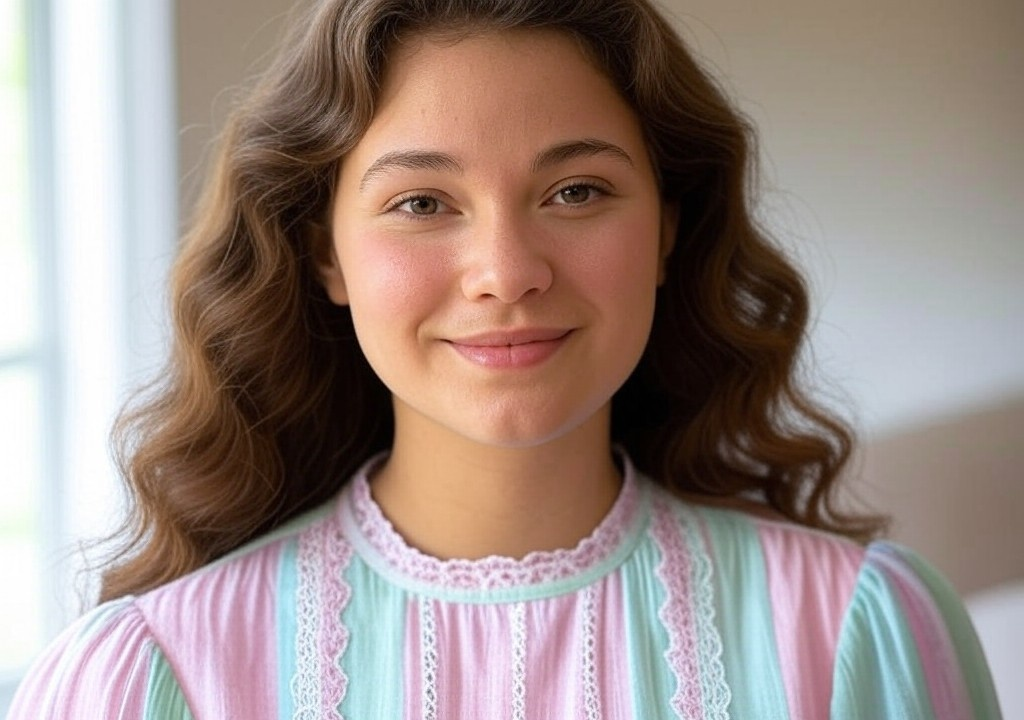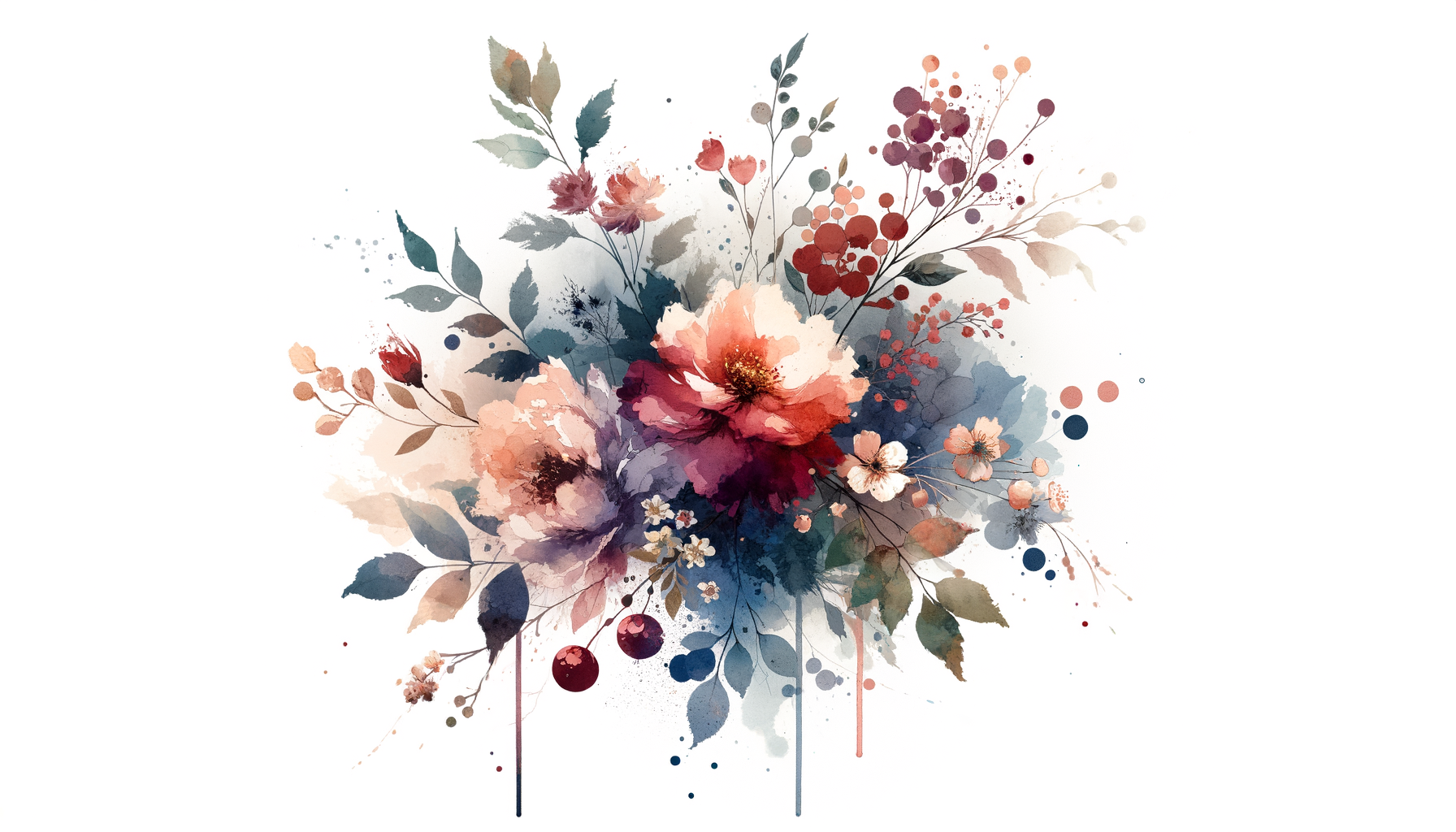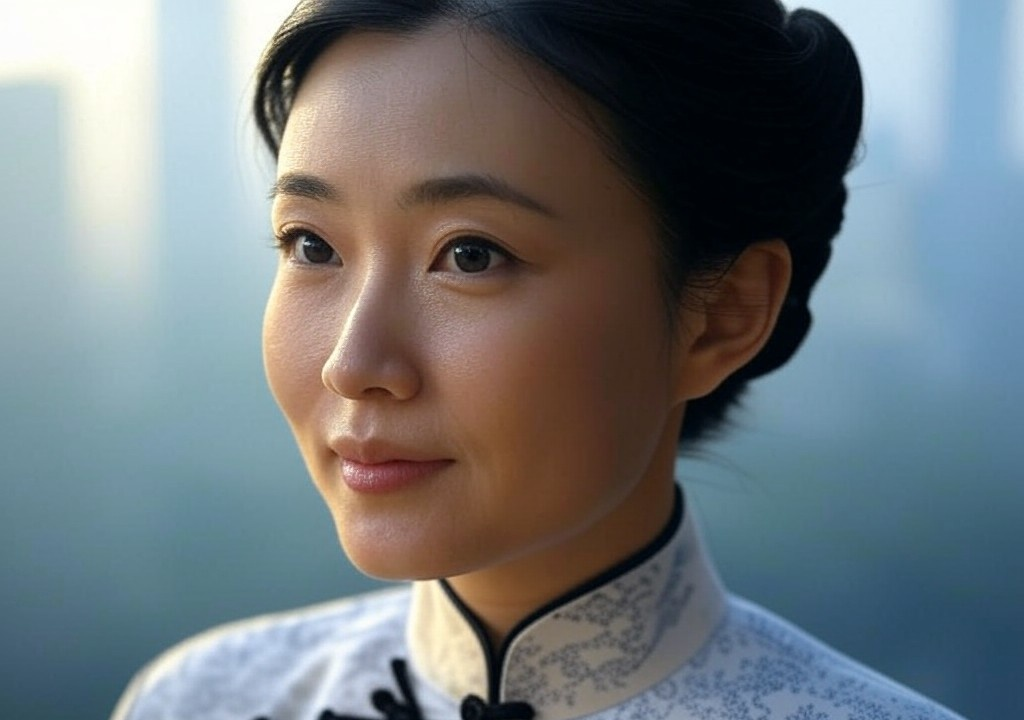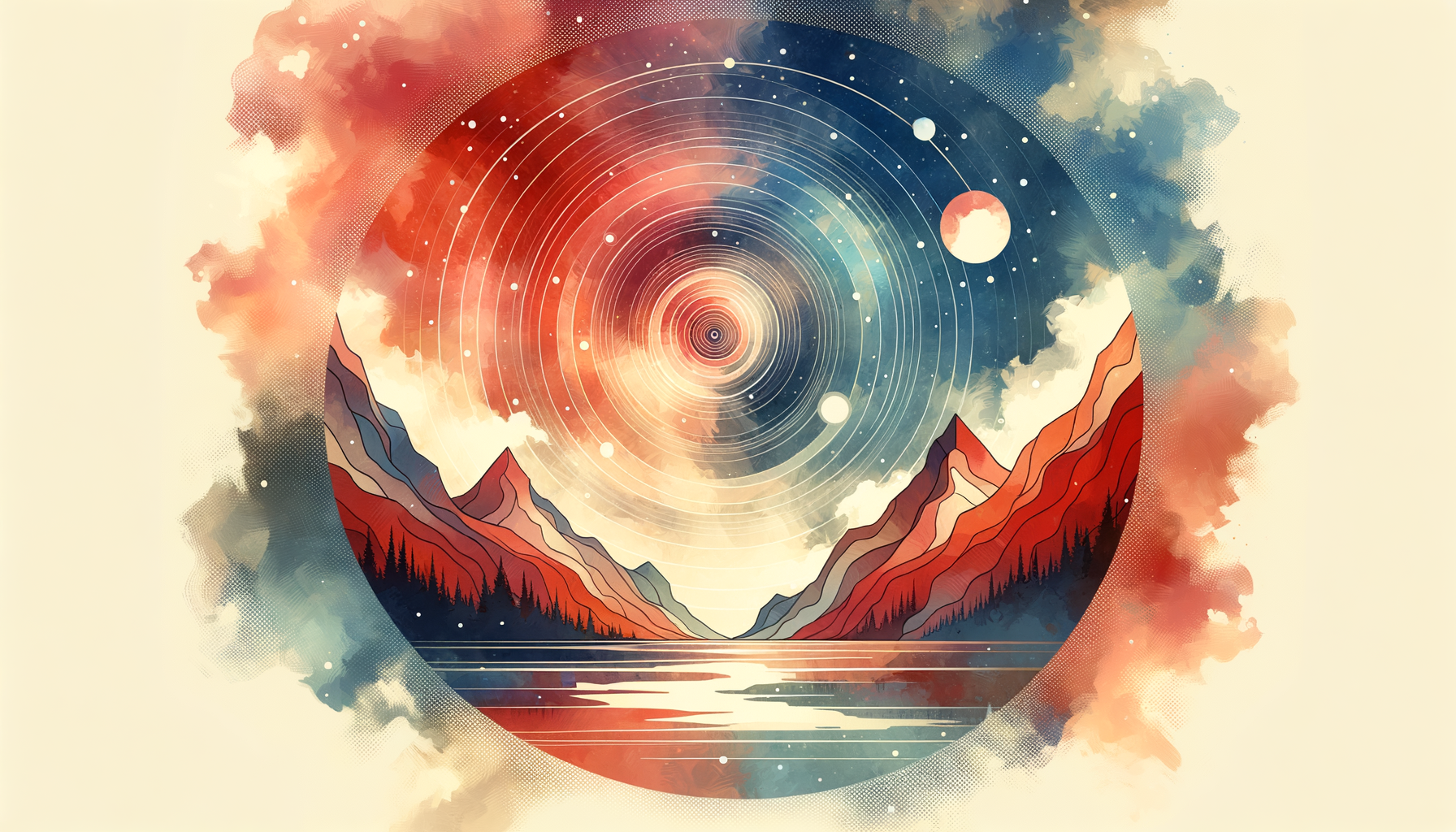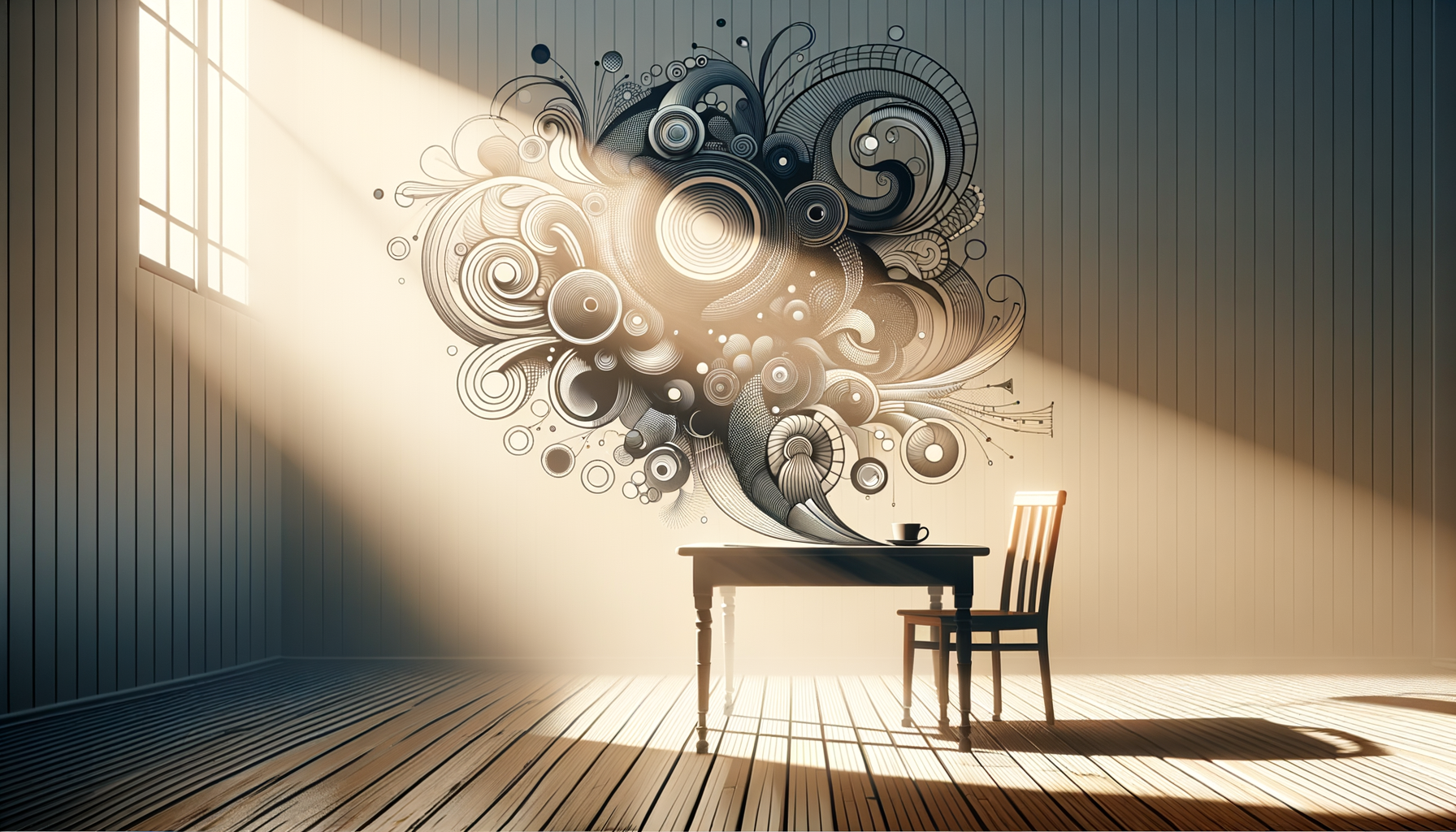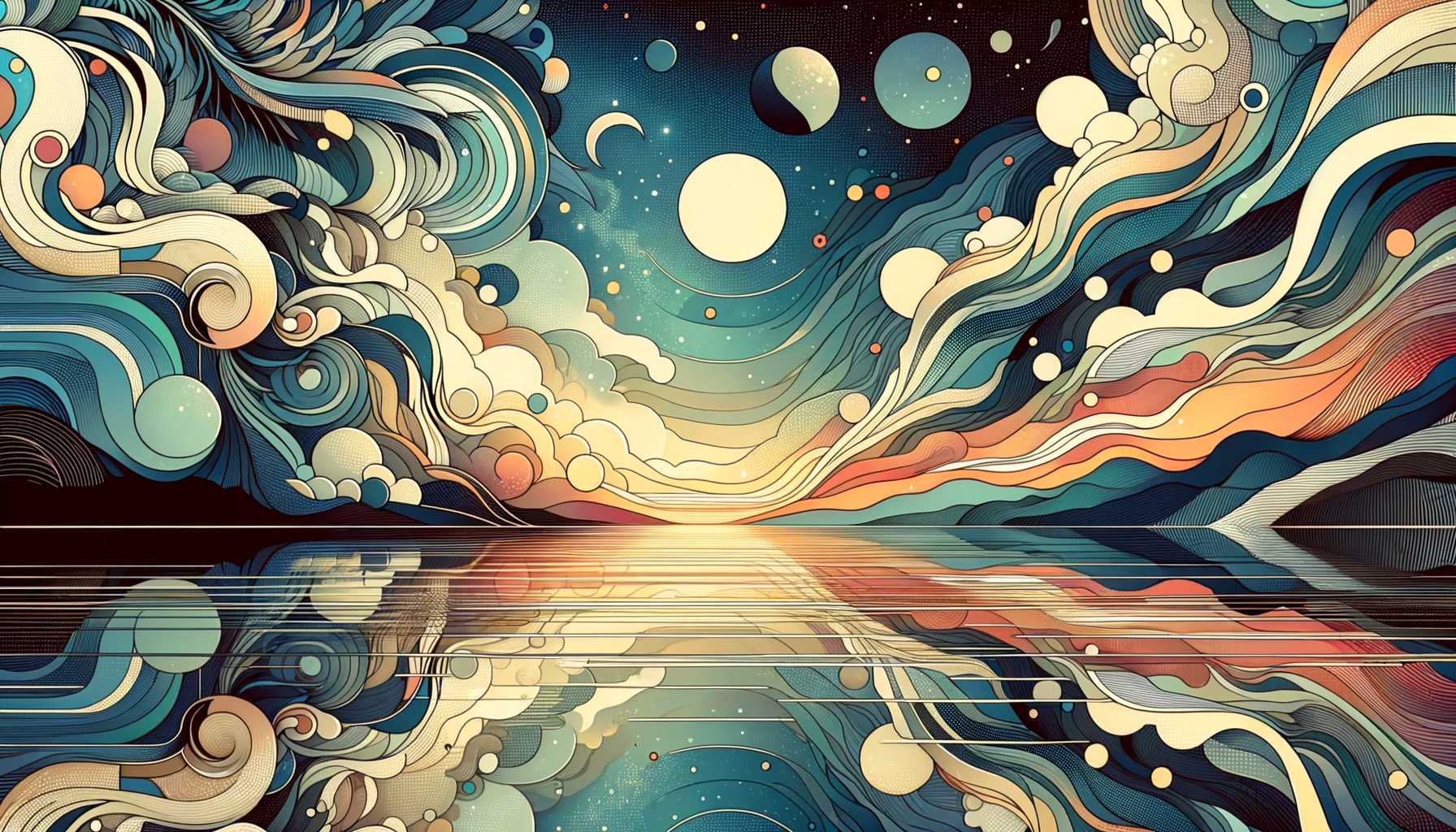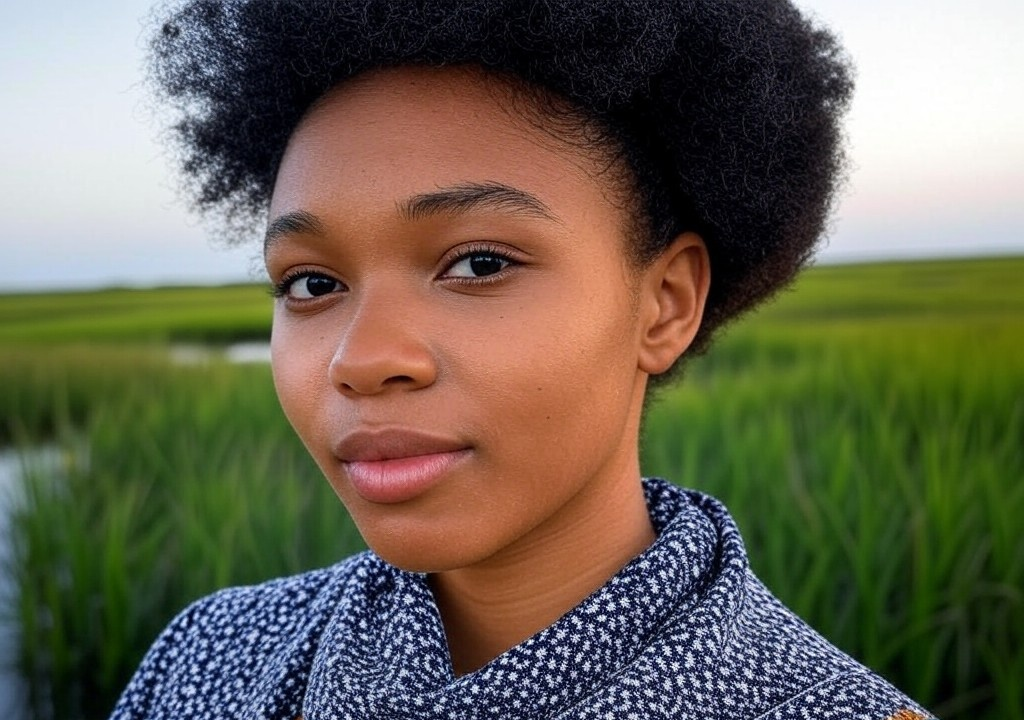If my life were a movie, you’d get the sweeping views of Savannah first—cobblestone streets glittering in the soft, golden glow of gas lanterns, riverboats chugging down the wide expanse of the Savannah River, and always, always that Spanish moss swaying like an old lady fanning herself on a porch. Cue the soundtrack: something cello-heavy and lilting, layered with cicadas and the faint hum of distant laughter. But as the camera pans across this setting, you’d realize that beneath the genteel aesthetics lies a Southern gothic comedy of errors, relationship faux pas, and characters so colorful they’d make even Tennessee Williams pause and take notes.
Every life, of course, deserves a cinematic spin, but the process of “casting” a film about yourself? That’s a cocktail of ego, humility, nostalgia, and, if you’re lucky, a pinch of self-awareness. Let me take you through mine.
The Role of a Lifetime: Me, Played By…?
Step one of any life-movie fantasy is deciding who gets to play you. It’s the ultimate leap of self-perception: do you skew aspirational with someone glamorous, like Blake Lively? Or lean into accuracy, flaws and all? I landed somewhere in the middle. In my movie, I’d cast Maya Hawke—equal parts awkward and haunting, a little ethereal but down-to-earth in the way I wish I were, especially when attempting to pair heels with my grandmother’s vintage pearl earrings.
Maya could capture my fondness for drifting, quietly haunted gaze intact, through Savannah’s streets while musing on existential questions like, “Is this text too forward?” or “Should I have ordered the fried green tomato BLT instead?” She’d nail the moments when I tripped over my words, or worse, my own shoes, locking eyes with a date across the table of one of those over-the-top seafood restaurants where discussing feelings over shrimp étouffée feels like a crime against the divine.
And her voice? Wry, a little hesitant but brimming with undertones of depth—perfect for narrating my internal monologues as I pretended to laugh at one of his jokes. (Spoiler: It wasn’t funny. Don’t quote Hemingway in a way that implies I haven’t read Hemingway. He’d say the same.)
The Supporting Cast: Friends, Family, and Awkward Romantic Leads
From mentors to romantic missteps, a movie about me could be a veritable buffet of southerners who are stubbornly eccentric in all the best and worst ways. Let’s get specific.
1. My Mother: Played by Michelle Pfeiffer
“Celeste, there’s always time for Chopin,” my mother used to say, her fingers fluttering as she dragged them melodramatically across her Steinway’s keys like a woman giving an Old Hollywood monologue about lost love. She has the elegance of someone who always knows where to find her gloves, even when no gloves seem required. Michelle Pfeiffer, capable of radiating gravitas and a slight air of wistful distraction, feels apt here. Mom could read me like sheet music—the hesitations, the crescendos—and occasionally overaccompanied my life with unsolicited symphony-sized advice.
Of course, she always had good intentions, even if those intentions occasionally included setting me up with “a perfectly nice young man” I should have “just one dinner” with. Spoiler alert: perfectly nice young men rarely read novels or appreciate the nuanced drama of crumbling antebellum mansions.
2. My Father: Played by Jeff Bridges
A restoration architect with the soul of a poet, my dad might not talk much, but when he does, his words cling to you like Savannah’s humidity in June. Jeff Bridges would embody Dad’s calm by turning every line—whether an analysis of intricate wrought-iron balconies or relationship woes—into a pitch-perfect parable.
“Relationships,” he’d say to me one evening as we worked on restoring an old garden bench, “are a lot like these hand-carved housings. They seem sturdy on the outside, but once you strip back the paint, you see the cracks. It’s just about deciding which cracks are worth filling in and which ones mean it’s time to get a new bench.” Of course, he conveniently said this the morning after I’d broken up with someone who’d ghosted me for three days, only to pop back up with, “Hey, you up?”
3. My Best Friend: Played by Emma Stone
The obligatory quirky best friend is an archetype many of these movies lean into, but mine is the real deal. Emma Stone’s trademark wit and charm match perfectly with Miranda, who knows just when to bring me back down to earth with her Pulitzer-worthy zingers. (Example: “No man is worth your tears, but if he’s worth those shrimp and grits you ordered, then wear waterproof mascara.”)
Miranda doesn’t sugarcoat my bad decisions either—once mock-performing a seance in my living room to “exorcise the ghost of bad dates past” after I considered giving a second chance to a guy whose idea of romance was splitting an appetizer sampler three ways with his buddies.
Plot Points: Southern Romance and Self-Discovery
The plot of my hypothetical film wouldn’t rip quite as hard as Gone with the Wind, but it would have its small victories and occasional fireworks. Like the time I finally embraced my lopsided, floundering persona during a wine-and-painting class date. While he painted a series of geometric blobs, I attempted—and very much failed—to render a magnolia. By the end of the night, he’d laughed with me instead of at me. That one turned into a three-month romance—I called those three months “Spring” because they were fleeting but impossibly lovely.
Of course, there would be montages of heartbreak, too. That summer internship in Charleston? Let’s just say it ended with me on a park bench, sipping sweet tea and vowing not to date musicians after a particularly volatile two-and-a-half-week fling with a banjo-playing poet. It’s the “regrettable summer haircut” of dating phases.
But painful moments are cameo players, not the stars of the show. The heart of the movie is about how Southern cities, with their endlessly evolving facades, quietly teach you about resilience—that some things fall apart only to come back stronger. By the end of Act III, it becomes less about the white picket fence fantasy and more about building a story—romantic or otherwise—that feels like it’s stitched together in sepia-toned authenticity.
How the Movie Ends
I won’t spoil my own ending—not because it’s dramatic, but because it’s still unfolding. If I had to guess, though, the movie version of my life doesn’t close on a big relationship reveal or some grand soulmate moment. It probably ends with a lingering shot of me in one of Savannah’s town squares at twilight, barefoot and laughing, having wandered there after a dinner party. My friends surround me, their jokes splashing over the sound of the fountain. You hear my voiceover: something gently self-deprecating but hopeful, like, “It took me a while to figure this out. Romance is nice, but the soundtrack of your life isn’t meant to drown out your own voice.”
And for the credits? Cue the cello. That’s non-negotiable.


